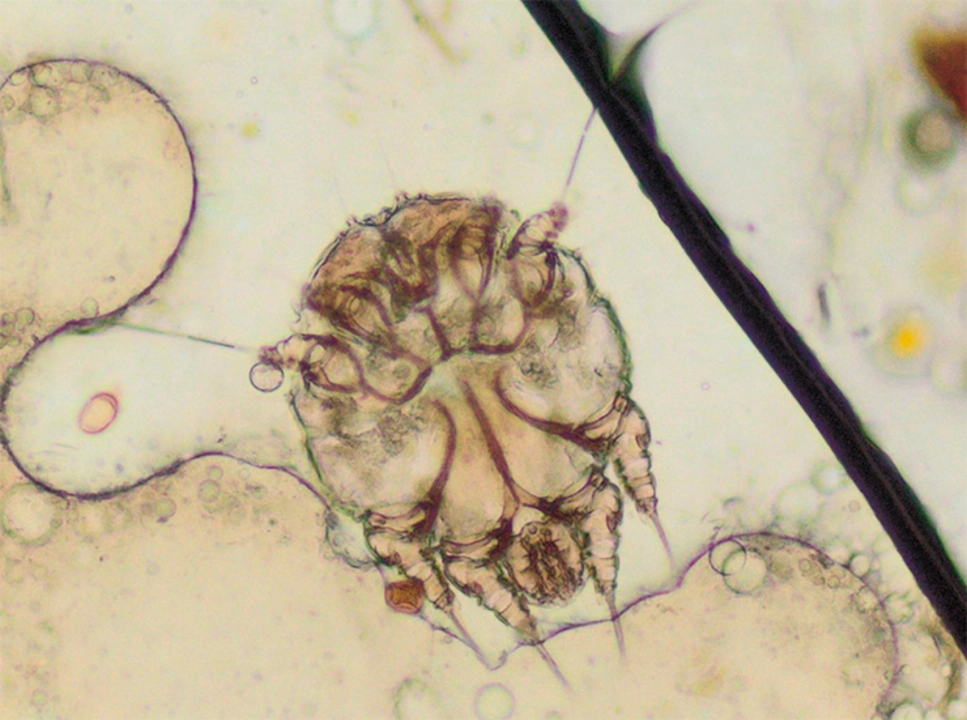Scabies: How to Spot It, Treat It, and Prevent Spread
Scabies is a skin infection caused by tiny mites that burrow into the skin and trigger intense itching. You’ll usually notice worse itching at night, small red bumps, or thin lines where the mite has tunneled. Common spots are between fingers, wrists, armpits, waist, and groin. Kids often get it on the scalp, palms, and soles.
Don’t ignore persistent itching. A rash that doesn’t respond to regular creams, or clusters of itchy bumps that spread in a household, often means scabies. If someone in your home was recently diagnosed, treat everyone who’s had close contact—even if they feel fine. These mites spread easily through prolonged skin-to-skin contact and shared bedding or clothing.
Proven treatments that work
The usual first-line treatment is a topical 5% permethrin cream. Apply it to the whole body from the neck down (kids under 2 need special advice) and leave on overnight—typically 8 to 14 hours—then wash off. Most doctors recommend repeating the application after 7 days to catch any newly hatched mites. Oral ivermectin is another effective option, given as a single dose and often repeated after 1–2 weeks; it requires a prescription and is helpful for larger outbreaks or when topical treatment fails.
Avoid lindane in infants and pregnant women—ask your doctor about safe alternatives. Antihistamines or short courses of topical steroid creams can ease itching while the mites die, but they don’t replace mite-killing treatment. Expect itching and mild rash to keep flaring for a few weeks after treatment; that’s a reaction to dead mites, not always treatment failure.
Cleaning, isolation, and household steps
Wash bedding, towels, and clothing used in the previous 2–3 days in hot water (60°C/140°F) and tumble dry on high. Items that can’t be washed should be sealed in a plastic bag for 72 hours—mites can’t survive long off a person. Clean mattresses and furniture, but deep fumigation isn’t needed. Avoid close skin contact until 24–48 hours after the last effective treatment.
Watch for crusted scabies in people with weak immune systems or the elderly: thick crusts and many more mites mean faster spread and need urgent specialist care. If symptoms don’t improve after proper treatment, or if the rash becomes widespread or painful, see a clinician—sometimes a second treatment or different medication is required.
Scabies is uncomfortable but treatable. Quick diagnosis, treating close contacts at once, and sensible cleaning steps stop the cycle fast. If you’re unsure what to do, a pharmacist or doctor can walk you through safe options for your age and health situation.
The potential for Sarcoptes scabiei to be transmitted through fomites
As a blogger, I've recently been researching the potential for Sarcoptes scabiei, the mite responsible for scabies, to be transmitted through fomites. From my findings, it's clear that these mites can indeed survive on various surfaces, such as clothing, bedding, and furniture, for up to 72 hours. This means that there's a potential risk of transmission through indirect contact with infested items, especially in crowded environments like dormitories or healthcare facilities. While direct skin-to-skin contact remains the primary mode of transmission, it's crucial to be aware of this secondary route and take appropriate precautions, such as regular cleaning and proper laundry management. In conclusion, it's important to be vigilant about both direct and indirect transmission of scabies to protect ourselves and others from this annoying and contagious skin condition.

